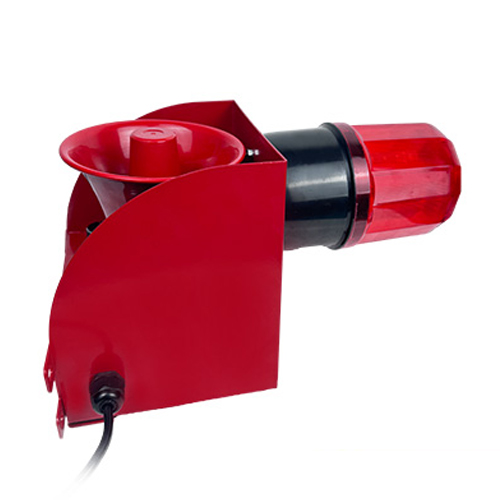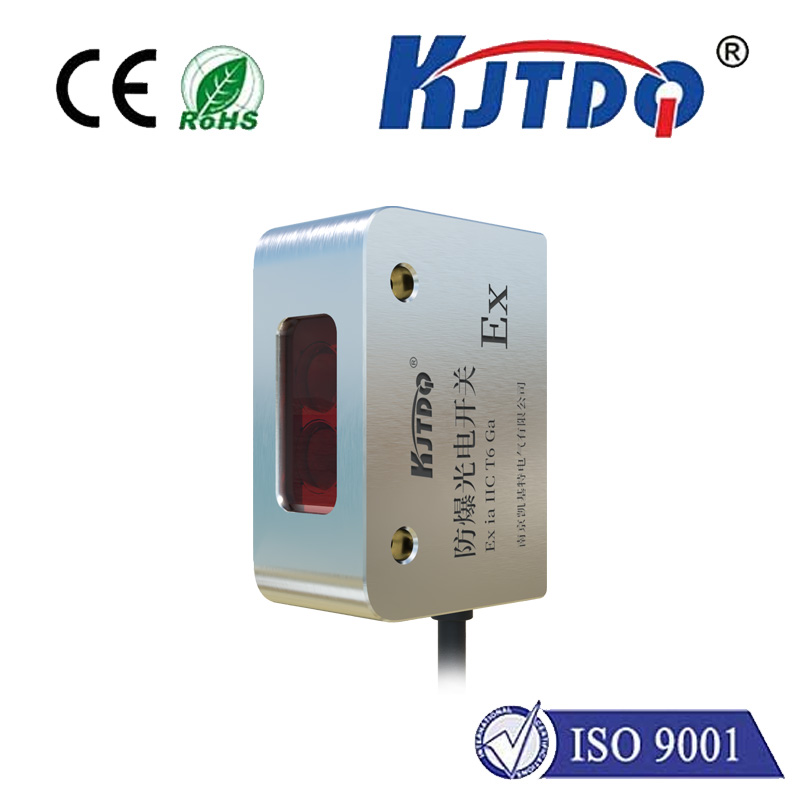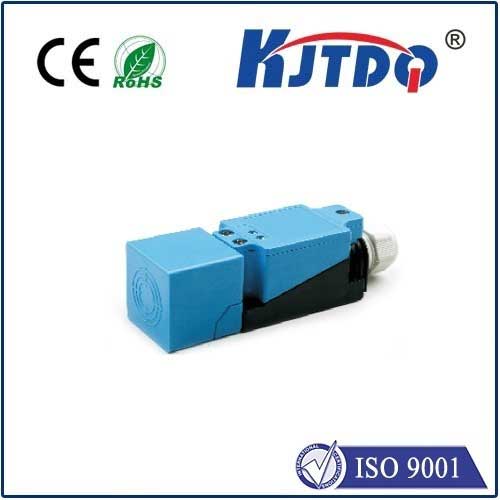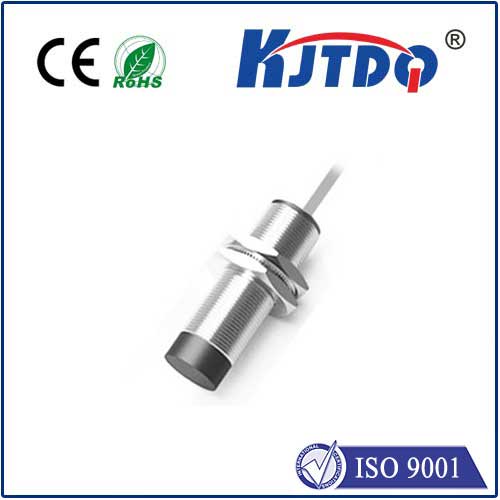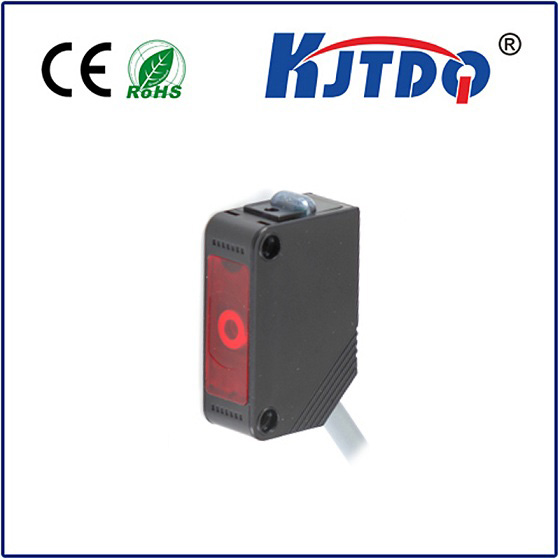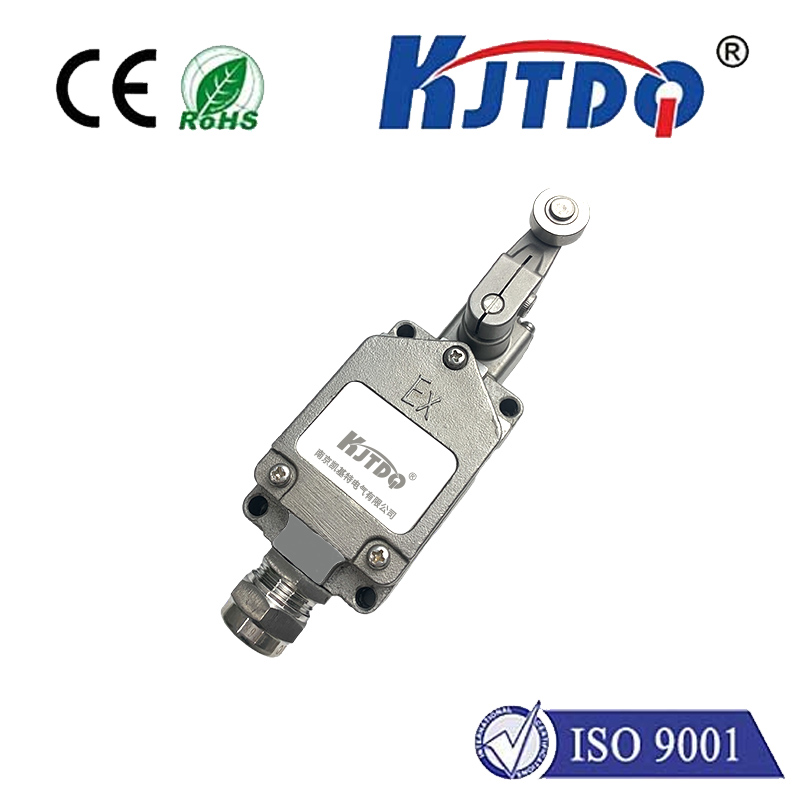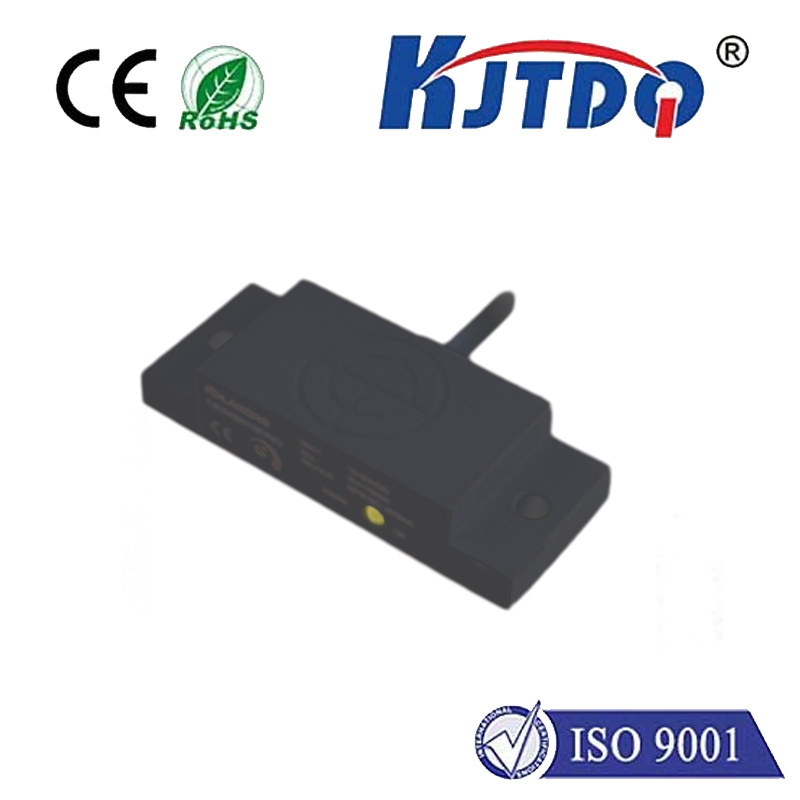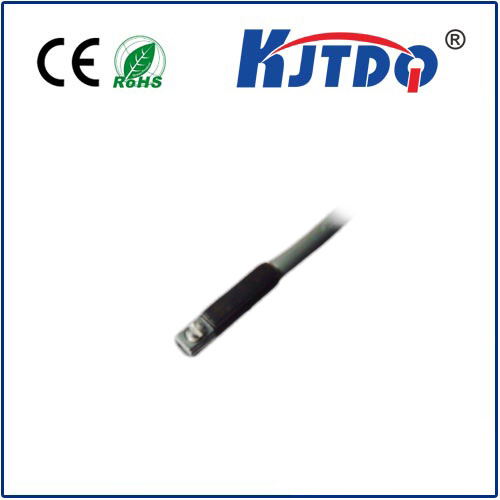laser distance sensor 100m
- time:2025-08-29 04:45:47
- Click:0
Unlocking Precision at Range: Your Guide to 100m Laser Distance Sensors
Imagine effortlessly measuring the height of a towering building, the span of a vast warehouse, or the distance across a complex construction site – all with a single click. For professionals demanding speed, accuracy, and safety in distance measurement, the 100m laser distance sensor is a transformative tool. Moving far beyond the limitations of traditional tape measures or rudimentary ultrasonic devices, these advanced sensors harness focused light to deliver reliable data over significant distances, revolutionizing workflow across countless industries.
Beyond Tapes and Wheels: The Power of Laser Precision
The fundamental operating principle of a laser distance meter (LDM), or laser rangefinder, is elegantly simple yet incredibly powerful. The device emits a highly focused, coherent pulse of laser light towards a target. This pulse travels at the speed of light, reflects off the target, and returns to a sensor within the device. By precisely measuring the time it takes for this light pulse to complete its journey (Time-of-Flight - ToF), or by analyzing the phase shift of a modulated continuous wave laser, the sensor’s sophisticated electronics calculate the distance with exceptional accuracy. This non-contact method eliminates the risks and errors associated with physical tapes, especially over long spans or hazardous terrain.
Why 100 Meters Matters: The Sweet Spot for Many Applications
The 100-meter (328-foot) range specification represents a crucial threshold for numerous professional tasks. It strikes an ideal balance between power, portability, and practicality:
- Significant Reach: It comfortably covers the dimensions of large residential properties, commercial buildings, expansive industrial facilities, civil engineering sites, and substantial agricultural plots.
- Manageable Size: Unlike sensors boasting kilometer ranges (which often require larger optics and power supplies), 100m sensors remain highly portable, fitting comfortably in a tool belt or jacket pocket. This makes them ideal for on-the-go professionals.
- Cost-Effectiveness: Achieving reliable 100m performance is technologically feasible without the exponentially higher costs associated with ultra-long-range surveying equipment.
Key Capabilities Defining a Quality 100m Laser Sensor

Not all 100m laser sensors are created equal. Performance hinges on several critical factors:
- Accuracy: This is paramount. High-quality 100m sensors typically offer accuracy within ±1.5mm to ±2mm under ideal conditions. Look for specifications clearly defining the accuracy at the maximum range. Environmental factors like temperature, strong sunlight, or the target’s reflectivity can influence real-world results.
- Beam Quality & Visibility: A narrow, well-collimated laser beam ensures precise targeting, especially at longer distances. Many professional models incorporate a visible red laser diode (Class 2, eye-safe), often with a coaxial viewfinder or digital camera, aiding significantly in aligning the beam precisely on the target point, even in bright daylight over 80-90 meters away.
- Environmental Resilience: Professionals work in tough conditions. Look for sensors with robust IP ratings (like IP54 or higher), indicating resistance to dust and water ingress. Shock resistance is also crucial for surviving drops on a job site.
- Intelligent Features: Modern sensors go beyond basic distance measurement:
- Pythagoras Functions: Calculate heights or widths indirectly (e.g., building height from ground level).
- Area & Volume: Automatically compute these from measured lengths.
- Continuous Measurement (Tracking): Dynamically track moving targets or measure minimum/maximum distances.
- Bluetooth Connectivity: Seamlessly transfer measurements to smartphones, tablets, or laptops running specialized apps (CAD, BIM, estimating software) for instant documentation and integration into workflows.
- Internal Memory: Store hundreds or thousands of measurements for later download.
- Backlit Display: Essential for visibility in low-light conditions common on construction sites or indoors.
Conquering Challenges at Distance: Ensuring 100m Reliability
Achieving a reliable 100m measurement isn’t automatic. Several challenges need to be overcome:
- Target Reflectivity: Dark, matte, or highly absorptive surfaces reflect less laser light back to the sensor, reducing maximum effective range. Some sensors offer multiple measurement modes or a “long range” mode that uses longer pulse times to enhance signal detection on difficult targets.
- Ambient Light: Intense sunlight, particularly direct sunlight hitting the sensor’s receiver, can drown out the returning laser signal. Quality sensors incorporate sophisticated optical filters and signal processing to mitigate this. A target plate is an invaluable accessory for measuring dark objects or at the very edge of the sensor’s range in bright conditions – it provides a high-reflectivity surface to aim at.
- Beam Alignment: Accurately pointing a tiny laser dot precisely on a small target 100 meters away requires practice or aids. Cameras, binocular viewfinders, or smartphone apps linked via Bluetooth dramatically enhance targeting precision at long range.
Where the 100m Laser Sensor Shines: Core Applications
The versatility of the 100m laser distance sensor makes it indispensable across various sectors:
- Construction & Renovation: Quickly measuring building dimensions, room layouts, ceiling heights, site boundaries, foundation depths, and material estimates with pinpoint accuracy. Essential for as-built documentation and clash detection.
- Surveying & Civil Engineering: Rapid linear measurements for topographic surveys, road layouts, setting out points, verifying grades, and small-scale land area calculations. A vital tool for initial site assessments and verification checks.
- Real Estate & Property Management: Accurately measuring room sizes, property boundaries, land plots, and building exteriors for listings, valuations, and floorplan creation.
- Facilities Management & Industrial Maintenance: Measuring machinery placement, conveyor lengths, tank heights, warehouse racking layouts, and clearances for maintenance planning and optimization.
- Interior Design & Architecture: Creating precise room dimensions for space planning, furniture layout, and material ordering.
- Landscaping & Agriculture: Plotting garden designs, measuring fields, calculating fencing lengths, and planning irrigation systems.
Choosing Your 100m Measurement Partner
Selecting the right sensor involves matching features to your specific needs:
- Required Accuracy Level: Does your work demand ±1mm or is ±2mm sufficient?
- Key Features: Prioritize based on your tasks – is Bluetooth vital? Do you need advanced Pythagoras functions? How important is a camera viewfinder?
- Durability: Assess the typical work environment – is high dust/water resistance necessary?
- Display & Usability: Is a large, backlit screen important? How intuitive is the menu system?
- Battery Life: Consider usage patterns and charger/accessory needs.
- Software Integration: Ensure Bluetooth compatibility with your preferred apps or CAD software.
The Future is Focused and Connected
Laser distance measurement technology continues to evolve. We see trends towards even smaller form factors, integration of inertial measurement units (IMUs) for tilt compensation without a built-in level, enhanced resistance to challenging environmental conditions, and more sophisticated data processing directly on the device. The seamless connection between the physical measurement and digital workflows via Bluetooth Low Energy (BLE) is becoming standard, further boosting productivity.
Conclusion
The 100-meter laser distance sensor represents a powerful convergence of precision, practicality, and portability. By mastering the fundamentals of laser measurement, understanding the factors influencing performance at range, and carefully selecting a tool equipped with the right features, professionals can unlock unprecedented levels of efficiency and accuracy in their daily tasks. Whether you’re surveying a site, planning a renovation, managing a facility, or designing a space, a reliable 100m laser distance meter is an investment that delivers tangible returns in saved time, reduced errors, and enhanced safety, truly measuring up to the demands of modern industry.






